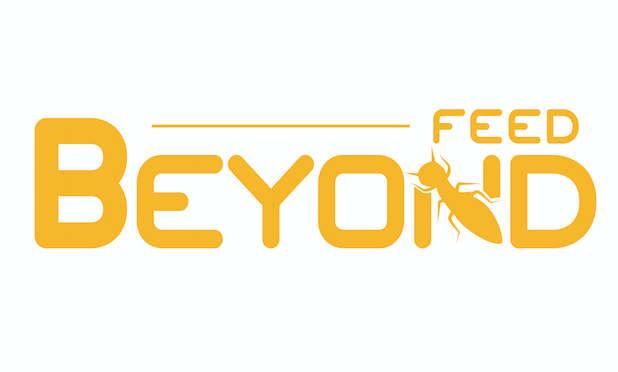Animals evolved to eat insects. As natural prey items, insects deliver dense nutrition with a familiar aroma and texture that stimulate foraging, hunting, and intake. For modern production systems, this evolutionary fit translates into practical advantages: high-quality protein, functional lipids, and mineral support packaged in a compact ingredient. In poultry and game birds, insect-based feed leverages innate pecking behaviors and can boost first-bite acceptance versus some plant proteins. In aquaculture—where fish naturally consume aquatic and terrestrial invertebrates—black soldier fly protein integrates smoothly as a partial fishmeal replacement. For pets and exotics, insects serve as a novel, often hypoallergenic protein option with excellent palatability.
From a nutrient standpoint, the case is compelling. Dried mealworms typically supply 50–55% crude protein with beneficial fats; dried BSF larvae offer ~32–36% protein and are naturally rich in calcium (≈3–5%), a rare trait among protein ingredients that is especially valuable for layers, quail, and reptiles. Defatted insect meals concentrate protein even further—BeyondFeed Defatted Mealworm Protein Powder reaches about 67–72% protein, while Premium Grade Defatted BSF Larvae Powder provides ~54–59% protein—giving formulators precise control over energy density and pellet durability. These profiles compare favorably to conventional proteins and help reduce reliance on soy and marine ingredients.
Amino acid balance is central to why insects perform well. Reviews consistently report that many insects exhibit amino acid spectra closer to fishmeal than to most plant proteins, supporting growth and feed conversion when formulated correctly. In poultry, controlled studies have shown that modest BSF inclusions (e.g., 5–10%) can maintain or improve growth, carcass traits, and intestinal morphology. In aquaculture, defatted BSF meals have successfully replaced a significant portion of fishmeal without compromising survival or growth, while maintaining digestibility. For companion animals, digestibility studies demonstrate high protein utilization, and the novelty of insect proteins supports rotation diets for sensitive pets.
Sustainability further strengthens the argument. Insect farming requires far less land and water than livestock or many crops, with life cycle assessments showing dramatic reductions in greenhouse gas emissions for insect meals relative to conventional proteins. Because black soldier fly larvae convert low-value by-products into high-value biomass, insect farming also advances circularity while generating frass, a useful organic fertilizer that returns nutrients to the soil.
For operations seeking a practical on-ramp, BeyondFeed offers multiple formats: whole dried larvae for enrichment and minerals, defatted powders for high-protein formulations, and a Premium Insect Blend that balances protein, fat, fiber, and calcium. The result is a toolkit that aligns evolutionary nutrition with modern performance and ESG goals.
References (Chicago style)
BeyondFeed. “BeyondFeed Product Specifications with Pricing.” Internal company document, 2025.
Food and Agriculture Organization (FAO). Edible Insects: Future Prospects for Food and Feed Security. Rome: FAO, 2013. https://www.fao.org/4/i3253e/i3253e.pdf.
Oonincx, Dennis G. A. B., and Imke J. M. de Boer. “Environmental Impact of the Production of Mealworms as a Protein Source for Humans—A Life Cycle Assessment.” PLOS ONE 7, no. 12 (2012): e51145. https://doi.org/10.1371/journal.pone.0051145.
Sogari, Giovanni, et al. “The Potential Role of Insects as Feed: A Multi-Perspective Review.” International Journal of Environmental Research and Public Health 16, no. 18 (2019): 3314. https://doi.org/10.3390/ijerph16183314.

